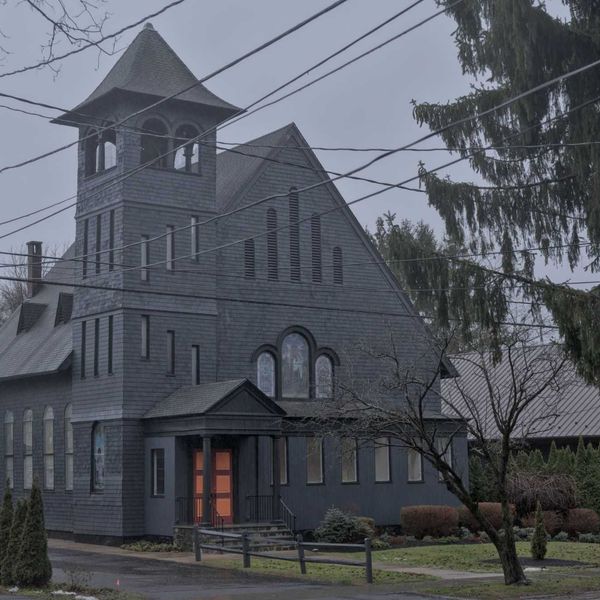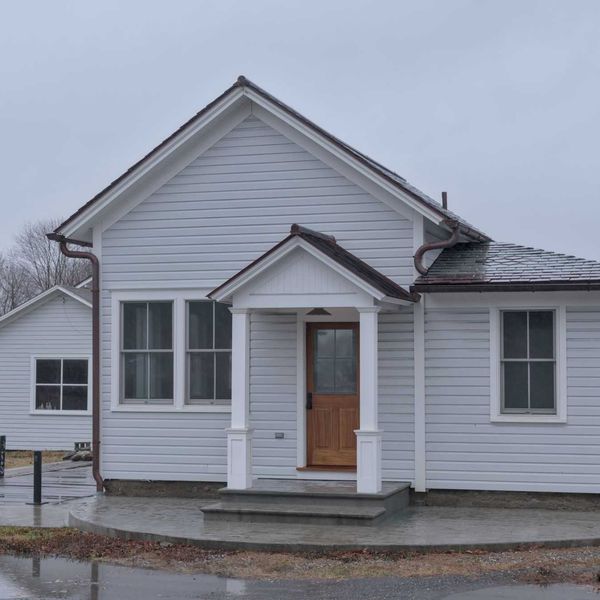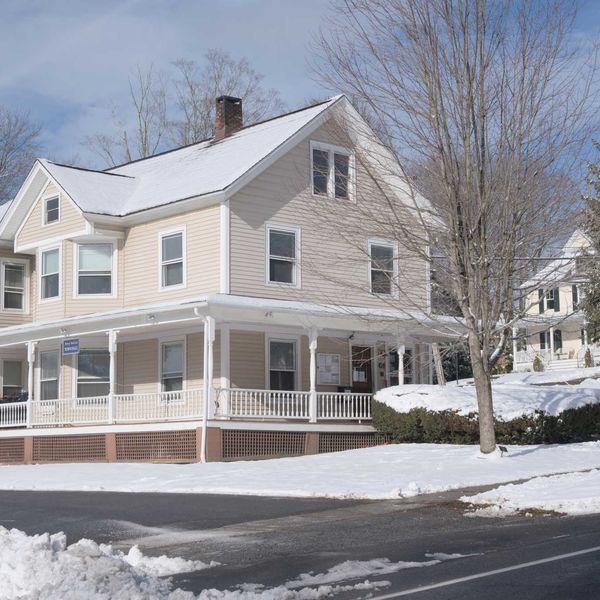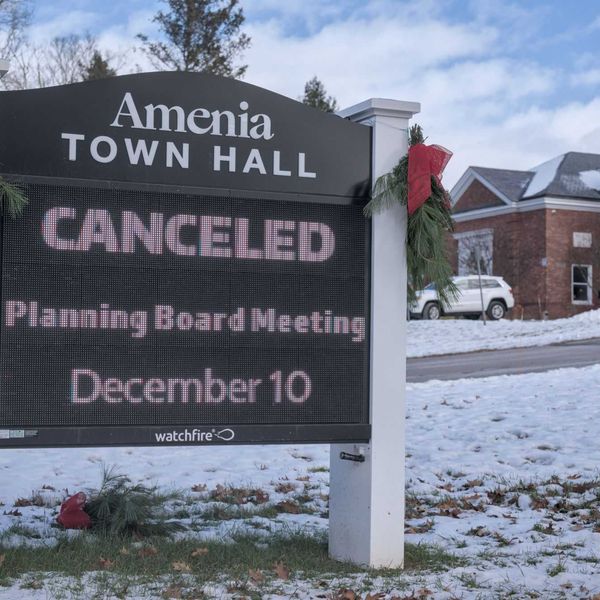Pay-it-forward to ‘Nourish Neighbors’ March 14-16
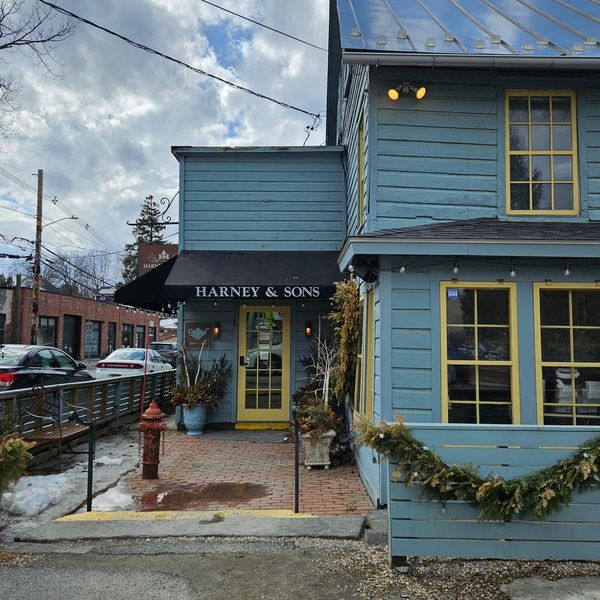
Through “Nourish Neighbors,” diners will feed more than just themselves. Two Millerton locations, Willa, and Harney’s Tea Room, pictured above, are supporting this initiative.
Photo by Sava Marinkovic
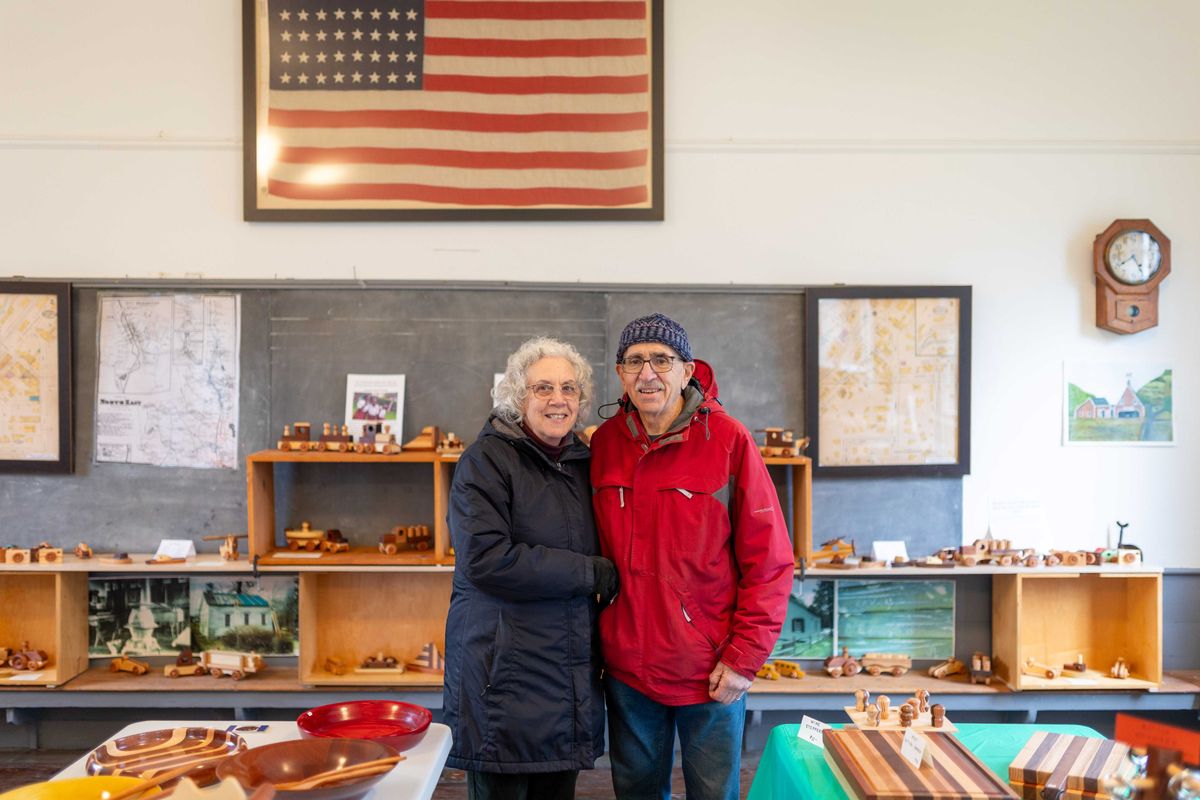

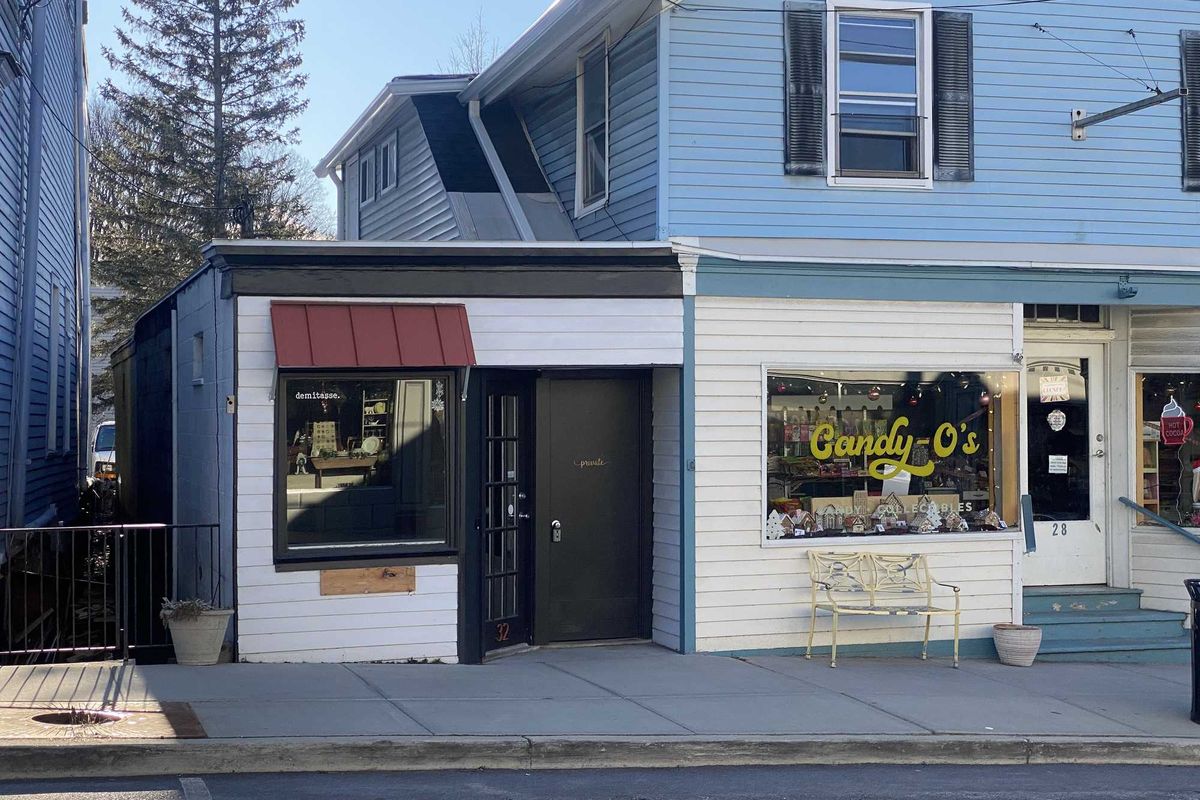
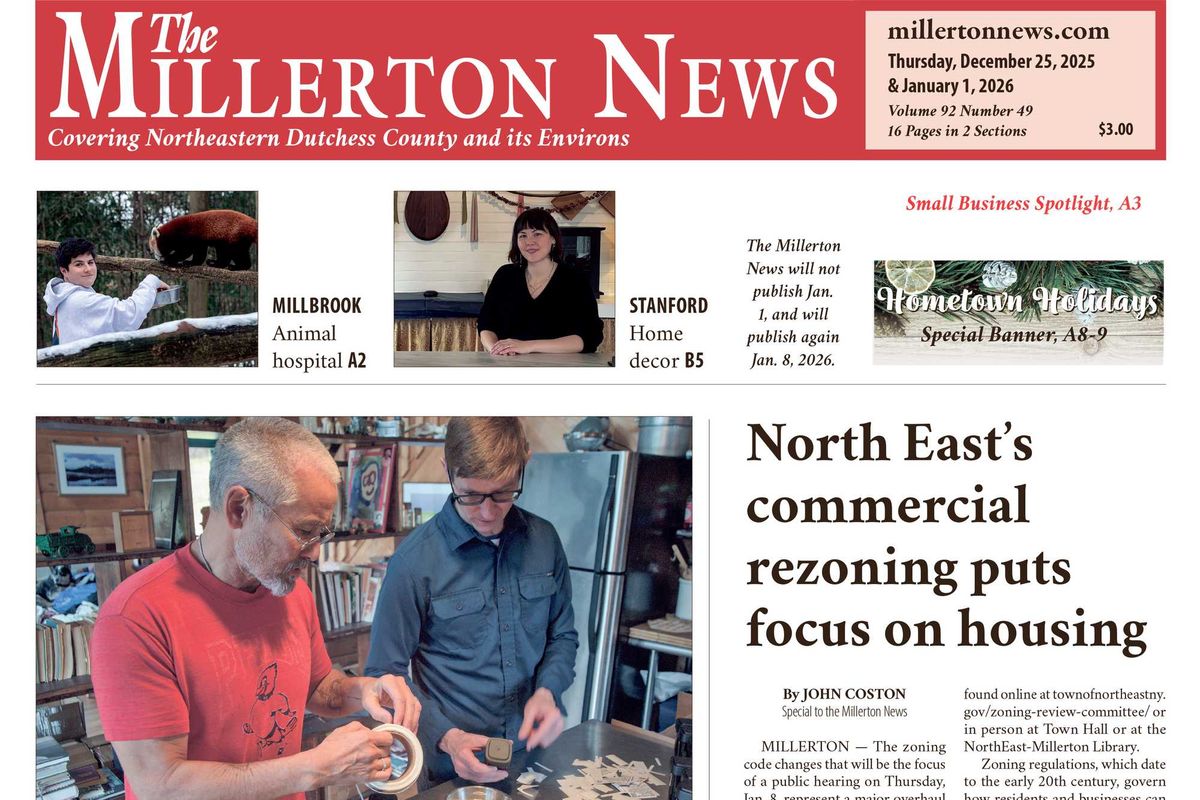


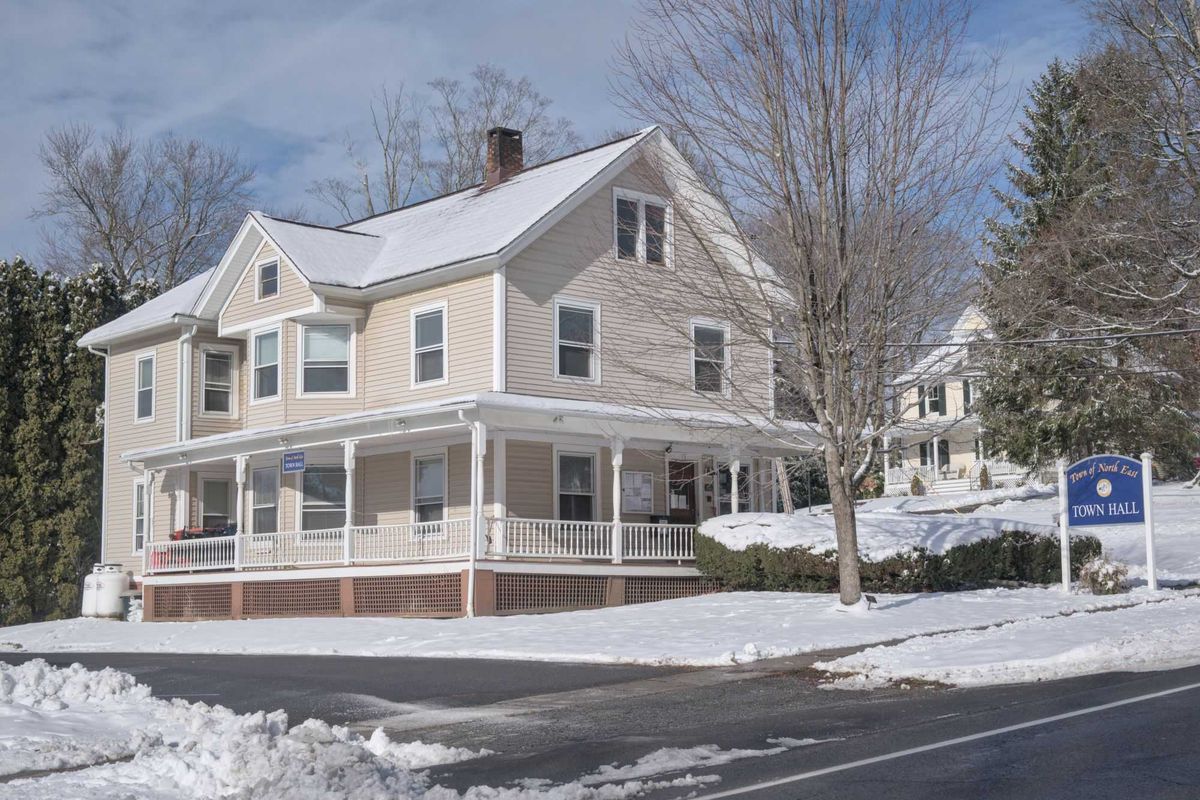

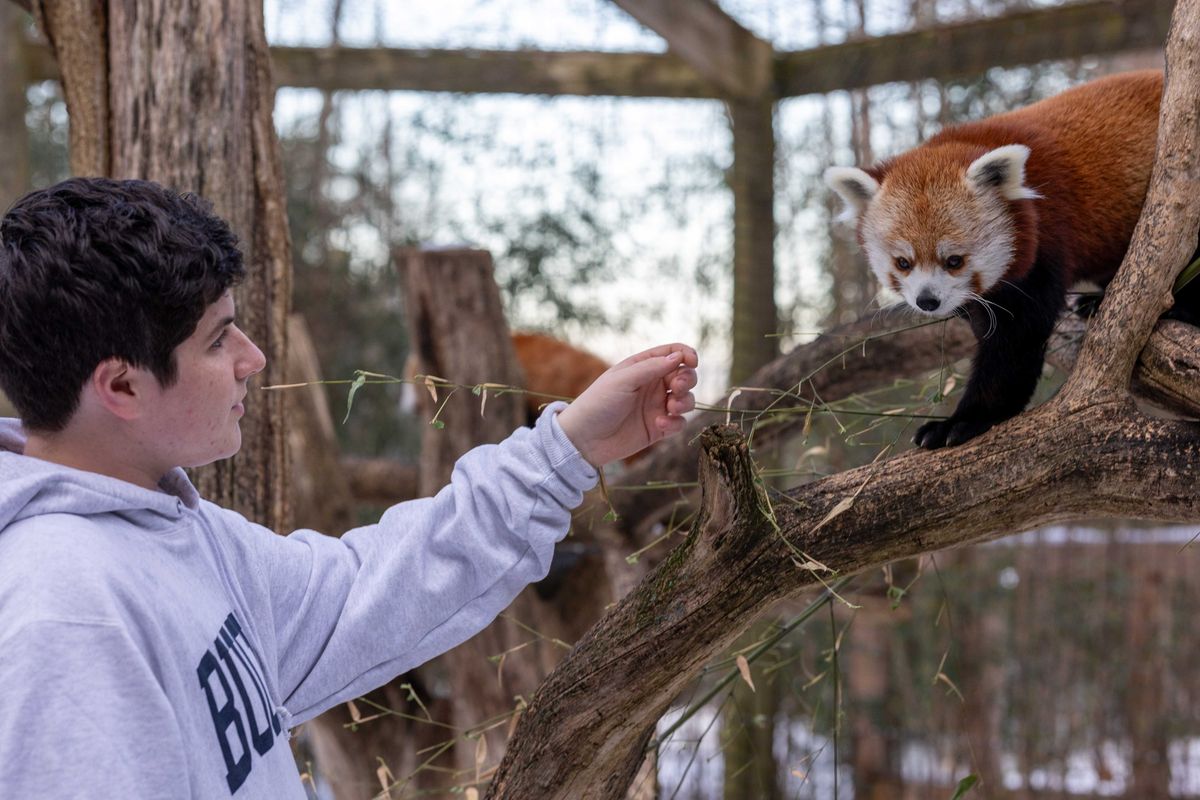
 Max Amsterdam feeds a red panda at the Trevor-Lovejoy Zoo on the Millbrook School campus on Wednesday, Dec. 17. Amsterdam said he became interested in the school's zoo in his freshman year when he watched an older student perform a biopsy on a wolf that had passed away at the zoo.Photo by Aly Morrissey
Max Amsterdam feeds a red panda at the Trevor-Lovejoy Zoo on the Millbrook School campus on Wednesday, Dec. 17. Amsterdam said he became interested in the school's zoo in his freshman year when he watched an older student perform a biopsy on a wolf that had passed away at the zoo.Photo by Aly Morrissey
